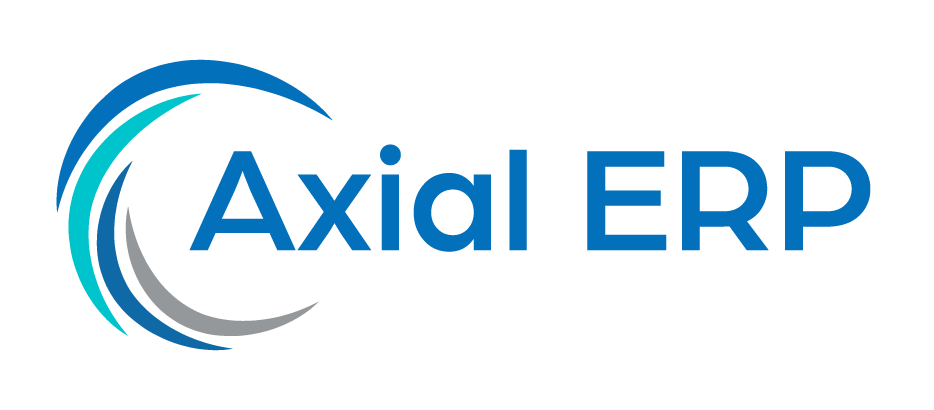Optimization of Just-in-Time Manufacturing with ERP Approaches
Currently, manufacturing industries face the constant challenge of improving their production processes to be more efficient and competitive in a globalized market. Within these processes, the Just-in-Time (JIT) manufacturing model has been widely adopted. However, market demands have led to an evolution towards Just-in-Sequence (JIS), which combines JIT principles with precise sequencing of parts and components on the assembly line. In this context, Enterprise Resource Planning (ERP) systems play a crucial role in optimizing JIS manufacturing. This article provides a comprehensive analysis of how ERP approaches improve JIS manufacturing, offering an integral perspective for those interested in the subject.
Understanding Just-in-Sequence Manufacturing (JIS)
Just-in-Sequence manufacturing is a production strategy that focuses on delivering components in the exact order they will be used on the assembly line. Unlike the JIT model, which focuses on demand-based production to minimize inventory, JIS adds the complexity of sequencing to meet more precise and customized production scheduling.
The Role of ERP Systems in JIS Manufacturing
ERP systems are software tools that integrate and manage key company information, including production, inventory, sales, finance, and the supply chain. In the context of JIS manufacturing, ERP facilitates the planning and execution of production processes by providing real-time data and predictive analytics that enable effective production sequencing.
Benefits of ERP Integration in JIS Manufacturing
Implementing an ERP system in a JIS manufacturing environment brings multiple benefits, such as improved sequencing accuracy, reduced cycle times, inventory optimization, and increased customer satisfaction. Furthermore, responsiveness to changes in demand is significantly enhanced, allowing for more agile adaptation of the production process.
Challenges and Considerations for ERP Implementation in JIS
Adopting an ERP system in a JIS manufacturing strategy is not without challenges. The complexity of component sequencing requires careful configuration and customization of the ERP, as well as seamless integration with other systems and technologies in the production plant. Additionally, ensuring proper training of personnel for effective system use is crucial.
Success Stories and Case Studies
In the automotive sector, for example, where JIS manufacturing is particularly prevalent, there are numerous success stories that demonstrate how the integration of ERP systems has led to significant improvements in production efficiency and cost reduction. These case studies serve as reference and learning for other industries looking to implement or enhance their JIS systems with ERP support.
Conclusions and Future Perspectives
The synergy between ERP approaches and JIS manufacturing represents an opportunity for companies to achieve higher levels of efficiency and competitiveness. As technology advances, it is expected that ERP systems will offer even more sophisticated solutions for managing JIS manufacturing, including the use of artificial intelligence and machine learning for further optimization.
Final Words
Just-in-Sequence manufacturing, supported by robust and well-implemented ERP systems, is a strategy that can lead manufacturing companies to a new horizon of productivity and success in the market. A deep understanding of its principles and the effective application of these technologies are key for those looking to excel in the world of modern manufacturing.



